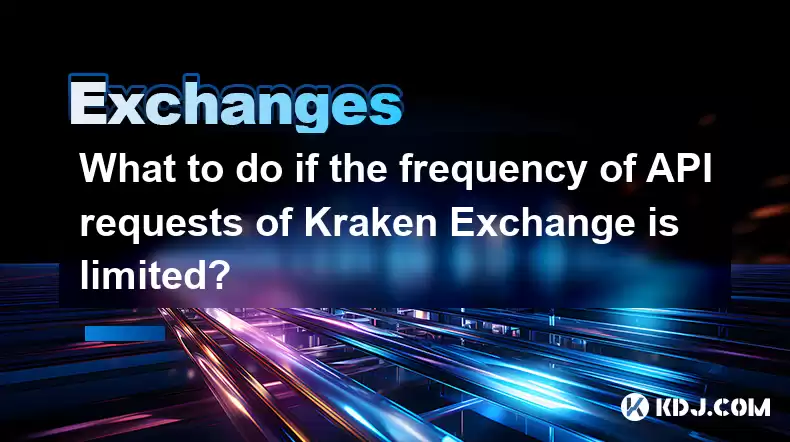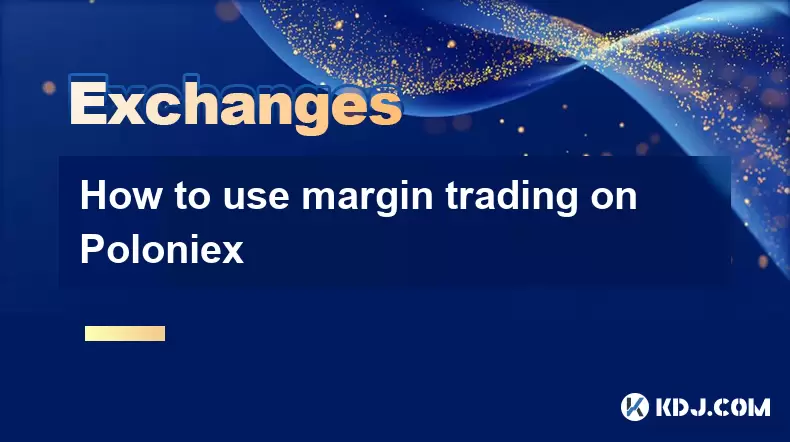-
 Bitcoin
Bitcoin $120300
1.24% -
 Ethereum
Ethereum $4311
2.06% -
 XRP
XRP $3.197
0.16% -
 Tether USDt
Tether USDt $1.000
0.01% -
 BNB
BNB $805.1
0.34% -
 Solana
Solana $179.6
-1.14% -
 USDC
USDC $0.9998
0.00% -
 Dogecoin
Dogecoin $0.2303
-1.21% -
 TRON
TRON $0.3442
1.08% -
 Cardano
Cardano $0.7938
-1.23% -
 Hyperliquid
Hyperliquid $44.55
-0.69% -
 Chainlink
Chainlink $21.81
-2.59% -
 Stellar
Stellar $0.4436
0.05% -
 Sui
Sui $3.728
-3.42% -
 Bitcoin Cash
Bitcoin Cash $586.5
2.00% -
 Hedera
Hedera $0.2530
-2.62% -
 Ethena USDe
Ethena USDe $1.001
-0.02% -
 Avalanche
Avalanche $23.65
-1.46% -
 Litecoin
Litecoin $124.5
-0.71% -
 Toncoin
Toncoin $3.384
1.63% -
 UNUS SED LEO
UNUS SED LEO $9.001
-0.44% -
 Shiba Inu
Shiba Inu $0.00001321
-2.42% -
 Uniswap
Uniswap $10.87
-2.31% -
 Polkadot
Polkadot $3.956
-2.80% -
 Cronos
Cronos $0.1681
4.79% -
 Dai
Dai $1.000
-0.01% -
 Ethena
Ethena $0.8090
1.30% -
 Bitget Token
Bitget Token $4.425
-0.55% -
 Monero
Monero $272.6
3.08% -
 Pepe
Pepe $0.00001169
-2.54%
What to do if the frequency of API requests of Kraken Exchange is limited?
Kraken API rate limits protect against abuse. To avoid them, optimize code, batch requests, cache data, use WebSockets, and contact Kraken support if needed.
Mar 19, 2025 at 07:00 pm

Key Points:
- Understanding Kraken's API rate limits and their causes.
- Strategies for reducing API request frequency.
- Optimizing your code for efficiency.
- Utilizing alternative data sources and approaches.
- Contacting Kraken support for assistance with specific issues.
What to do if the frequency of API requests of Kraken Exchange is limited?
Kraken, like many cryptocurrency exchanges, implements rate limits on its API to prevent abuse and ensure fair access for all users. Exceeding these limits results in temporary restrictions on your API access, hindering your trading bots or applications. This article explores strategies to manage and mitigate the impact of Kraken's API rate limits.
Understanding Kraken's API Rate Limits
Kraken's API documentation details its rate limits, specifying the maximum number of requests allowed within a given time window (e.g., per second, per minute). These limits are typically expressed in terms of requests per IP address or API key. Exceeding these limits triggers temporary blocks, ranging from a few seconds to several minutes, depending on the severity of the violation. Understanding these limits is the first step to avoiding them.
Reducing API Request Frequency
The most direct approach to avoiding rate limits is to reduce the frequency of your API requests. This involves careful optimization of your code and strategies.
- Batch Requests: Instead of making numerous individual requests, consolidate multiple data requests into a single batch request whenever possible. This significantly reduces the overall number of API calls.
- Caching: Implement a caching mechanism to store frequently accessed data. Subsequent requests for the same data can be served from the cache, reducing the load on the Kraken API. This is particularly effective for static data that doesn't change frequently.
- Efficient Data Retrieval: Avoid redundant requests. Carefully design your code to fetch only the necessary data, minimizing unnecessary API calls. Analyze your code to identify areas for improvement.
Optimizing Your Code for Efficiency
Efficient code is crucial for minimizing API calls.
- Asynchronous Operations: Use asynchronous programming techniques to make multiple API requests concurrently without blocking the main thread. This allows your application to continue functioning while awaiting responses.
- Error Handling: Implement robust error handling to gracefully manage API errors, including rate limit violations. Retry failed requests after appropriate delays, but avoid overwhelming the API.
- Code Review: Regularly review your code to identify areas where you can further reduce API calls. A fresh perspective can often reveal inefficiencies.
Utilizing Alternative Data Sources and Approaches
If reducing API calls isn't sufficient, consider alternative strategies.
- WebSocket Connections: For real-time data updates, utilize Kraken's WebSocket API. WebSockets establish a persistent connection, delivering data updates as they become available, reducing the need for frequent polling via REST API calls.
- Data Aggregation Services: Explore third-party data aggregation services that collect and provide Kraken exchange data. These services often handle rate limits and provide a more streamlined data access method.
- Reduced Data Sampling: If you're dealing with high-frequency data, consider reducing the sampling rate. Instead of requesting data every second, perhaps sample every few seconds or minutes depending on your needs.
Contacting Kraken Support
If you consistently encounter rate limit issues despite implementing these strategies, contact Kraken support.
- Detailed Explanation: Provide them with detailed information about your API usage, including code snippets, request frequency, and error messages.
- API Key Review: They may be able to review your API key usage and identify potential areas for improvement or provide insight into your specific situation.
- Rate Limit Increase Request: In some cases, Kraken may be able to increase your API rate limits, depending on your usage pattern and justification.
Frequently Asked Questions:
Q: What happens if I exceed Kraken's API rate limits?
A: Exceeding Kraken's API rate limits results in temporary restrictions on your API access. The duration of the restriction depends on the severity of the violation. You'll typically receive an error message indicating the rate limit has been exceeded.
Q: How can I find Kraken's API rate limits?
A: Kraken's API rate limits are documented in their official API documentation. Consult this documentation for specific details on the limits applicable to your API key and usage.
Q: Are there different rate limits for different API endpoints?
A: Yes, different API endpoints may have different rate limits. Always check the documentation for the specific endpoint you're using.
Q: Can I request a higher API rate limit from Kraken?
A: You can contact Kraken support to request a higher API rate limit, but approval depends on your justification and usage patterns. They'll need to assess your need for higher limits to prevent abuse.
Q: What is the best way to handle rate limit errors in my code?
A: Implement robust error handling to catch rate limit errors. This typically involves retrying the request after a calculated delay, ensuring you don't overwhelm the API. Exponential backoff strategies are commonly used.
Q: How often should I check for rate limits?
A: You should monitor your API usage regularly and incorporate rate limit checks into your code to prevent exceeding the limits. The frequency depends on your application's data needs. The more frequently you make requests, the more often you should monitor.
Disclaimer:info@kdj.com
The information provided is not trading advice. kdj.com does not assume any responsibility for any investments made based on the information provided in this article. Cryptocurrencies are highly volatile and it is highly recommended that you invest with caution after thorough research!
If you believe that the content used on this website infringes your copyright, please contact us immediately (info@kdj.com) and we will delete it promptly.
- Token Security, Agentic AI, Cybersecurity Guide: Navigating the New Frontier
- 2025-08-11 23:00:12
- Crypto Investments: Riding the Meme Wave with Layer Brett and Dogecoin
- 2025-08-11 23:00:12
- Nexchain, Crypto Presales, and Bitcoin Volumes: What's the Buzz?
- 2025-08-11 23:10:13
- Ethereum Treasury, Bitcoin, and Michael Saylor: A NYC Take on the Crypto Landscape
- 2025-08-11 23:10:13
- Pumpfun vs. Pepe Dollar: The Meme Coin Arena Heats Up
- 2025-08-11 23:10:14
- Altcoins Primed for a Bull Run: Investment Gains in the Making
- 2025-08-11 23:10:14
Related knowledge

How to use margin trading on Poloniex
Aug 08,2025 at 09:50am
Understanding Margin Trading on Poloniex

How to read the order book on KuCoin
Aug 10,2025 at 03:21pm
Understanding the Order Book Interface on KuCoinWhen accessing the order book on KuCoin, users are presented with a real-time display of buy and sell ...

How to set price alerts on Kraken
Aug 11,2025 at 08:49pm
Understanding Price Alerts on KrakenPrice alerts on Kraken are tools that allow traders to monitor specific cryptocurrency pairs for price movements. ...

How to use advanced trading on Gemini
Aug 08,2025 at 04:07am
Understanding Advanced Trading on GeminiAdvanced trading on Gemini refers to a suite of tools and order types designed for experienced traders who wan...

How to use advanced trading on Gemini
Aug 08,2025 at 10:56pm
Understanding Advanced Trading on GeminiAdvanced trading on Gemini refers to the suite of tools and order types available on the Gemini ActiveTrader p...

How to get my API keys from KuCoin
Aug 08,2025 at 06:50pm
Understanding API Keys on KuCoinAPI keys are essential tools for users who want to interact with KuCoin's trading platform programmatically. These key...

How to use margin trading on Poloniex
Aug 08,2025 at 09:50am
Understanding Margin Trading on Poloniex

How to read the order book on KuCoin
Aug 10,2025 at 03:21pm
Understanding the Order Book Interface on KuCoinWhen accessing the order book on KuCoin, users are presented with a real-time display of buy and sell ...

How to set price alerts on Kraken
Aug 11,2025 at 08:49pm
Understanding Price Alerts on KrakenPrice alerts on Kraken are tools that allow traders to monitor specific cryptocurrency pairs for price movements. ...

How to use advanced trading on Gemini
Aug 08,2025 at 04:07am
Understanding Advanced Trading on GeminiAdvanced trading on Gemini refers to a suite of tools and order types designed for experienced traders who wan...

How to use advanced trading on Gemini
Aug 08,2025 at 10:56pm
Understanding Advanced Trading on GeminiAdvanced trading on Gemini refers to the suite of tools and order types available on the Gemini ActiveTrader p...

How to get my API keys from KuCoin
Aug 08,2025 at 06:50pm
Understanding API Keys on KuCoinAPI keys are essential tools for users who want to interact with KuCoin's trading platform programmatically. These key...
See all articles

























































































